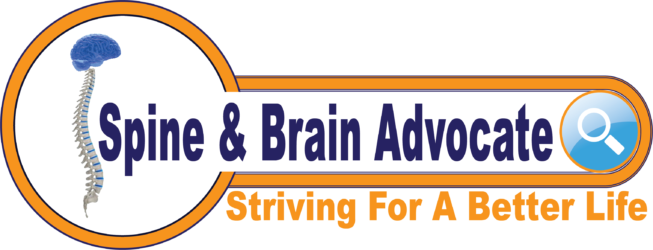Chiari Malformation and Cerebellar Tonsils
Chiari malformation is a general term used to describe a condition when the bottom part of the cerebellum (the “tonsils”) dip down into the upper spinal canal. It is a condition in which the lower part of the brain pushes down into the spinal canal, putting pressure on the brain stem and spinal cord and obstructing the flow of fluid (CSF).
Commonly, radiologists describe two different types of Chiari malformation (there are actually four, but the other two types are extremely rare).
-
- Chiari I malformation describes low-lying cerebellar tonsils without other congenital brain malformations.
- Chiari II malformation is a complex anomaly with skull, dura, brain, spine and spinal cord manifestations, which usually presents in early childhood or in infancy. This disorder is usually associated with the spinal defect myelomeningocele.
What causes a Chiari malformation?
-
- In many cases it is congenital (present at birth). Researchers at UCLA discovered that in most cases the compartment of the brain holding the cerebellum (posterior fossa) is smaller than normal.
- If the upper certical vertebra (odontoid process of the second cervical vertebra) ascends into the cranial compartment (basilar invagination), the canal at the junction between the brain and spine can narrow.
- In rare instances high pressure in the brain compartment can “squeeze” the cerebellar tonsils downward. The condition may be associated with the following conditions:
- Pseudotumor cerebr.
- Hydrocephalus (typically due to aqueductal stenosis).
- Brain tumors in the cerebellum.
- Posterior fossa arachnoid cyst.
- In other rare instances, abnormally low pressure in the spinal compartment can “draw” the cerebellar tonsils downward. This can occur in association with the following circumstances:
- Lumboperitoneal shunt.
- Spontaneous intracranial hypotension.
What are the Symptoms of Chiari Malformation?
Many people with a Chiari I malformation will not have any symptoms. If symptoms do develop, they can include:
-
- Headaches, neck pain, dizziness, balance problems, muscle weakness,
- Tingling in the arms or legs, blurred vision, sensitivity to light, swallowing problems
- Hearing loss, feeling and being sick and difficulty sleeping (insomnia)
- Pain, especially headache in the back of the head, aggravated by coughing and straining.
- Weakness is also prominent, especially in the hands when there is associated syringomyelia.
- Other symptoms include neck, arm, and leg pain, numbness, loss of temperature sensation, unsteadiness, double vision, slurred speech, trouble swallowing, vomiting and tinnitus (ringing in the ears).
Assessment of patients with a Chiari malformation type I
Following a complete clinical evaluation in patients with symptomatic CM-I and/or radiologically significant CM-I (tonsillar impaction, resulting tonsillar asymmetry and loss of CSF spaces), MRI of the brain and whole spine enables an assessment of the CM-I and potential associated or causative conditions. These include hydrocephalus, syringomyelia, spinal dysraphism, and tethered cord. Flow and Cine MRI can provide information on CSF dynamics at the craniocervical junction, and help in surgical decision-making. Hyper-mobility or instability at the upper cervical and craniocervical junction is less common and can be measured with CT imaging and flexion/extension or upright MRI. UK Reference
Mechanisms of cerebellar tonsil herniation (CTH) in patients with Chiari malformations as guide to clinical management
Important clues concerning the pathogenesis of CTH were provided by morphometric measurements of the PCF. When these assessments were correlated with etiological factors, the following causal mechanisms were suggested: (1) cranial constriction; (2) cranial settling; (3) spinal cord tethering; (4) intracranial hypertension; and (5) intraspinal hypotension. USA Reference (with comments from Australia, New South Wales, USA and Japan)
References:
- Bhusri N, Lim DC. Correlation of clivoaxial angle to skeletal malocclusions: A prescreening for future risk of neurodegenerative disorders. APOS Trends Orthod 2016;6:246-50.
- Chin, A., Perry, S., Liao, C. et al. The relationship between the cranial base and jaw base in a Chinese population. Head Face Med 10, 31 (2014). https://doi.org/10.1186/1746-160X-10-31
- Fraser C Henderson Sr, Fraser C Henderson Jr, William A Wilson 4th, Alexander S Mark, Myles Koby. Utility of the Clivo-Axial Angle in Assessing Brainstem Deformity: Pilot Study and Literature review https://pubmed.ncbi.nlm.nih.gov/28258417/
SBA Note: Dr. ED Abnormal CXA & Neurodegenerative Disorders 2023

